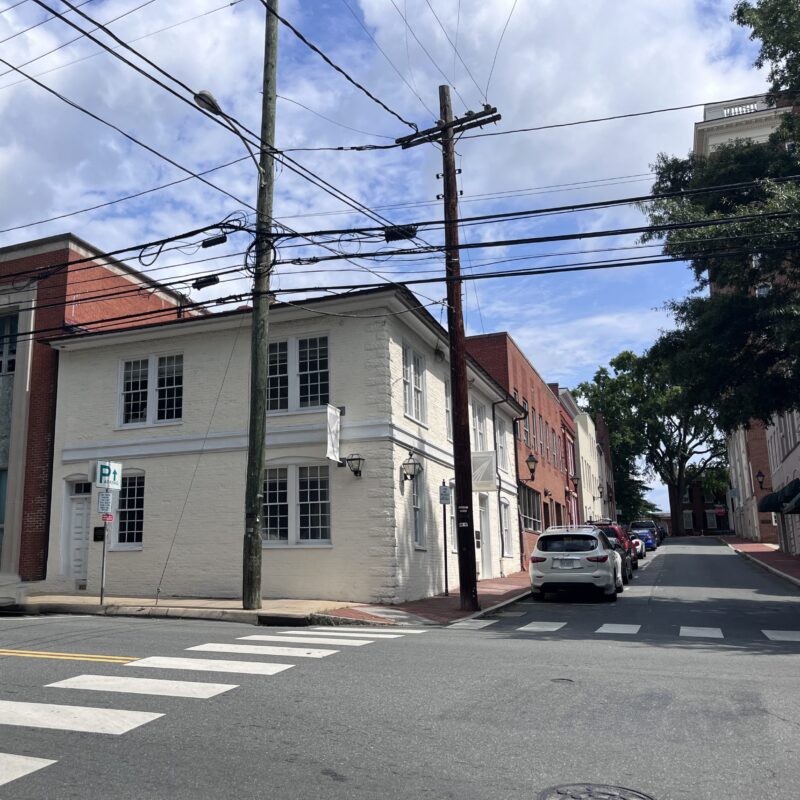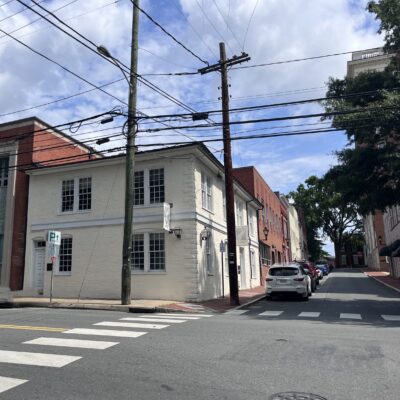The green-building bandwagon is picking up passengers fast, and the Albemarle County Board of Supervisors wants to reserve its seat. In a February 7 meeting, Supes eyed a wide-ranging series of initiatives that could become amendments to the County’s Comprehensive Plan. Among the ideas floated: easy stuff any bureaucrat could love (make a website with green-living tips for residents) and costlier, perhaps less lovable measures (provide free energy audits to homeowners).
Local green builder Doug Lowe, who lives in one of the only LEED (Leader in Energy and Environmental Design) (www.usgbc.org) certified houses in the country, says County staff approached him as they were drafting the initiatives. First they asked whether the County was doing anything to discourage those who would build energy-efficient, low-impact buildings, and Lowe said no. Next question: How can the County promote greener building? “I would like to see [federal energy guidelines] EnergyStar be a requirement,” Lowe says he told staff members. “Most EnergyStar-rated buildings consume 30 percent less energy.” Lowe likes the fact that the program requires third-party verification to certify a building.
 Local green builder Doug Lowe helped give the Board of Supervisors some environmentally friendly ideas to chew on for a new Comprehensive Plan amendment. |
That recommendation didn’t make the list, but another did: to give priority in the approval process to green projects. Specifically, the board is considering tying rezoning and special-use permits to the willingness of developers to promise to build green. The environmental crisis, says Lowe, “is not going to solve itself without some government help or push.” Leading by example, the County is also looking to make all its own buildings more efficient (as of last December, Albemarle is an official EnergyStar partner) and construction less wasteful.
Ultimately, says Lowe, change will come from a widespread shift in the mindsets of builders and homeowners regarding both the benefits and ease of green building. “The carpet in my house, on a cost-per-square-yard basis installed, was in the normal ranges of what I pay for carpet anyway, but made from a recycled material,” he says. “It doesn’t necessarily cost much if any more to build minimally in a green fashion.”
The Planning Commission will review the proposed initiatives next month, then make a recommendation to the board about which ones deserve to become amendments to the Comprehensive Plan.
C-VILLE welcomes news tips from readers. Send them to news@c-ville.com.





